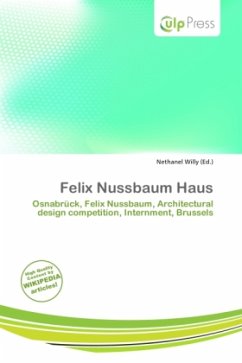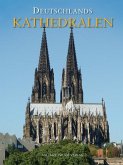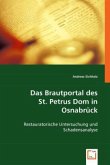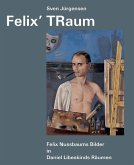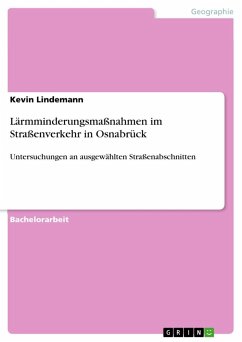Please note that the content of this book primarily consists of articles available from Wikipedia or other free sources online. The Felix Nussbaum Haus is a museum in Osnabrück, Germany, which houses the paintings of German-Jewish painter Felix Nussbaum. The building also houses an exhibition space, which focuses on racism and intolerance. In 1991, the city of Osnabrück, Germany, decided to dedicate a museum to one of its natives, Felix Nussbaum, a Jewish painter who died in the Holocaust. In 1996, Daniel Libeskind's proposal, titled "Museum Without Exit," won the competition to design the building, which was completed in 1998. The museum consists of three intersecting "volumes." The oak volume houses Nussbaum's prewar art. The second volume, which slices violently through the first, is made from concrete and contains the paintings Nussbaum made while in hiding from the Nazis. Dubbed "Nussbaum Gang," it evokes the cramped quarters in Brussels where Nussbaum painted his last canvasses. The metal volume displays the artist's newly-discovered paintings. The interior is labyrinthine and many paths lead to dead ends.
